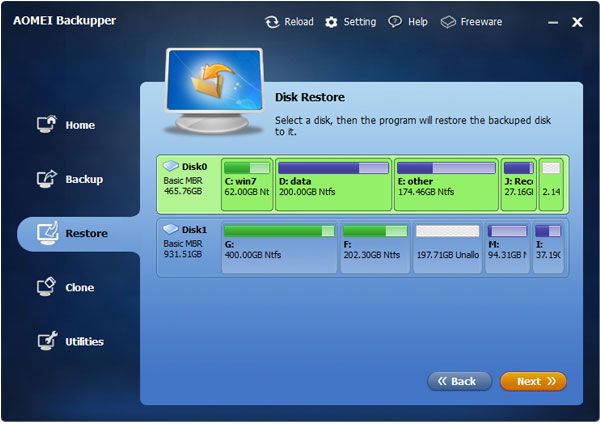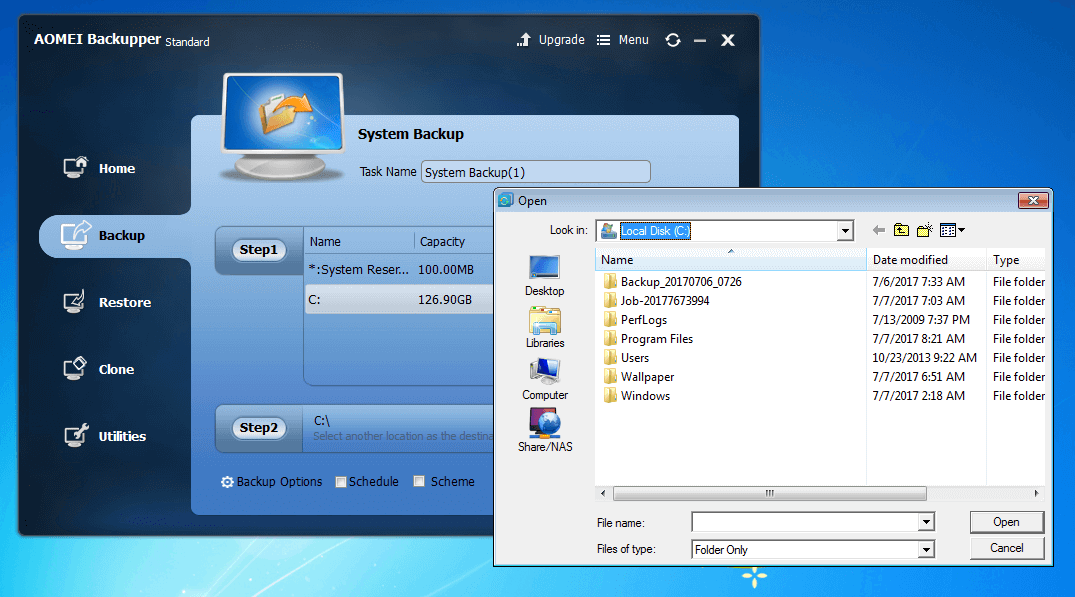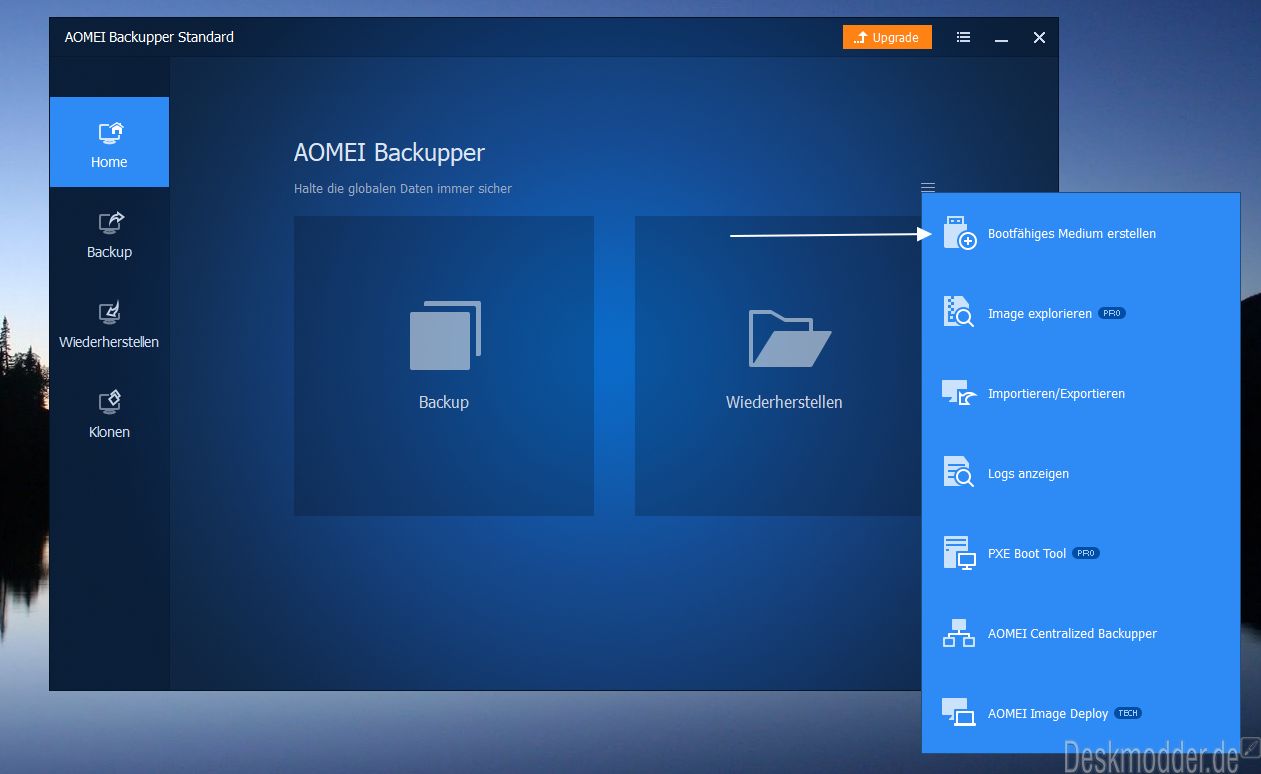

You can choose to back up your data to an external hard drive, a USB flash drive, or a network location. In addition to system backups, AOMEI Backupper Standard Free also allows you to back up individual files and folders, as well as partitions and disks. In the event of a system crash, you can quickly restore your entire system to its previous state, saving you time and effort. This means you can back up your entire operating system, including installed programs, system settings, and user data, to a single image file. One of the key features of AOMEI Backupper Standard Free is its ability to create system images.


With its intuitive interface, users can easily backup their important data and restore them whenever necessary. On the other hand, CPU usage was light, and speed isn’t of much consequence for a task running in the background.AOMEI Backupper Standard Free is a powerful and easy-to-use backup software designed for Windows operating systems. It was the fastest backing up disks and partitions, but easily the slowest backing up sets of files. Performanceīackupper Standard’s performance was the yin and yang in our roundup. But that’s speaking from an IT perspective.Īomei provides both Linux and Windows PE boot images, which can be burned to CD or installed on USB drives. The system cloning offered in the $40 paid version ($50 if you opt for lifetime free upgrades) could be very useful, as could the network boot function. The pay version adds imaging of dynamic volumes, and merging images-tasks few end users will ever need to perform. Syncing isn’t true back up-it’s keeping a mirror of your important data in another location-a great hedge against losing recent work.īackupper Standard will image entire drives or partitions, verify them, and mount them so you can grab a few files from one. There are a plethora of scheduling options as well as syncing, including the aforementioned real-time synchronization. Despite being free, there’s little missing from Backupper Standard’s feature set, which includes: imaging, file backup, disk cloning, and plain file syncing.


 0 kommentar(er)
0 kommentar(er)
